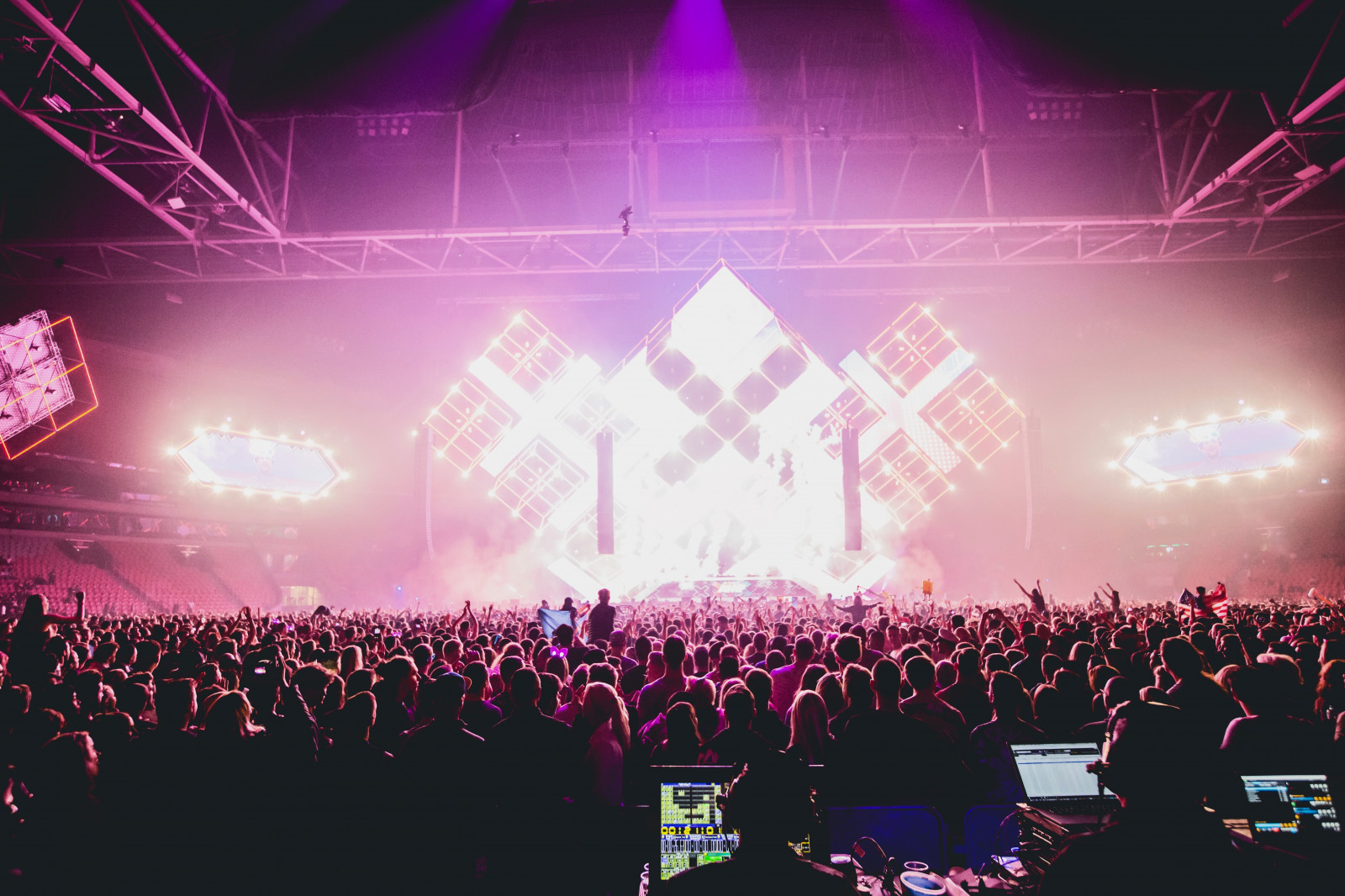Can music rights expand to drive the new music creator economy?

Photo: Yvette de Wit

The investment that is pouring into music rights has exploded in recent years, hitting $10 billion at the time of writing and set to increase much further. Many rights acquisitions deals have been based on the catalogues of the traditional music industry (writer/publishing and master rights). It is interesting to see recent deals, like Tina Turner/BMG, expand to include name, image, and likeness, potentially setting up the next era of the music industry. The music industry is thinking beyond the existing rights infrastructures, to tap into the true value of music.
A new era beyond finished songs
The future of the music industry is not just about recorded music and publishing (the finished song). The emerging consumer context across gaming, social and user-generated content (UGC) demands more than just rights for the output of creators - it needs rights that wrap around the creators themselves. At present, the industry refers to these activities as ‘generating ancillary revenue’ or ‘alternative monetisation’, but for creators, these activities and the content from them are becoming critical to growing an audience and making money.
The role of artists in the metaverse is a particular example of an emerging use case that encapsulates the need for creator rights. K-pop in particular is making a bet on this, with SM Entertainment building virtual artists, like Aespa, and HYBE entering a $422 million partnership to create NFTs. This is the tip of the iceberg, as disruptive technologies, for instance, AI deepfakes of an artist’s voice, have the potential to be increasing parts of our everyday lives.
A creator’s voice, style, and expression of personality can become potential sources of revenue. The artist Katy B (on returning to recording after five years out) commented in the Guardian recently that she was intrigued to see how many creators make money on Instagram without having any tracks released. A new rights infrastructure might allow creators to effectively and efficiently monetise the value surrounding them, beyond the music itself. Platforms are already extracting value from creators in this way, but these assets are not exploited at scale or added to catalogues in the same way as publishing and masters. When the holistic embodiment of a creator is wrapped up as an asset, then it provides a foundation to remunerate creators in entirely new ways – both currently and in the future.
Featured Report
MIDiA Research 2025–2031 music creator tools forecasts AI comes to town
This music creator tools forecasts report acts as a companion piece to MIDiA’s report “State of music creator economy: AI’s growing reach ” . This report provides analysis, market sizing, and forecasts for users and revenues for music creator tools revenues across the following categories: Software and services DAWs Music software (plug-ins...
Find out more…Enabling creators to be valued
The growth in catalogue investment has been driven by the ability to track music usage across the abundance of new platforms and realise a return in revenue. This tracking data is missing in the value surrounding the creator beyond music. The number of platforms and usages of music is rising exponentially every year, to a point where those responsible for processing it are drowning in data. Ultimately, this system is not optimised for the modern creator.
A new way to track the value of music and the creators behind it is needed to unlock the true potential value of the future music industry – MIDiA estimates this to be at least twice the current value by 2028. Emerging technological systems underpinned by the cloud and blockchain, such as Synchtank, Revelator and Utopia, are already adding value as alternatives to outdated industry infrastructures. In striving for future growth, can the music industry afford to wait for rights to play catch up? Rights are good for creators – they exist to protect and commercialise. But the rapidly emerging trends in content creation and consumption are making rights look like a hindrance to some modern creators.
In a new White Paper by MIDiA and Utopia, ‘Growth from Transparency’, we suggest a new creator rights framework that can embody the value of a creator beyond music outputs and could help speed up the process of industry growth. This framework could be commercialised through a new generation of token-based technology. If enabled, we will look back at the current growth of investment into music as the beginning of the ‘S curve’ of growth, not the end of it.

The discussion around this post has not yet got started, be the first to add an opinion.